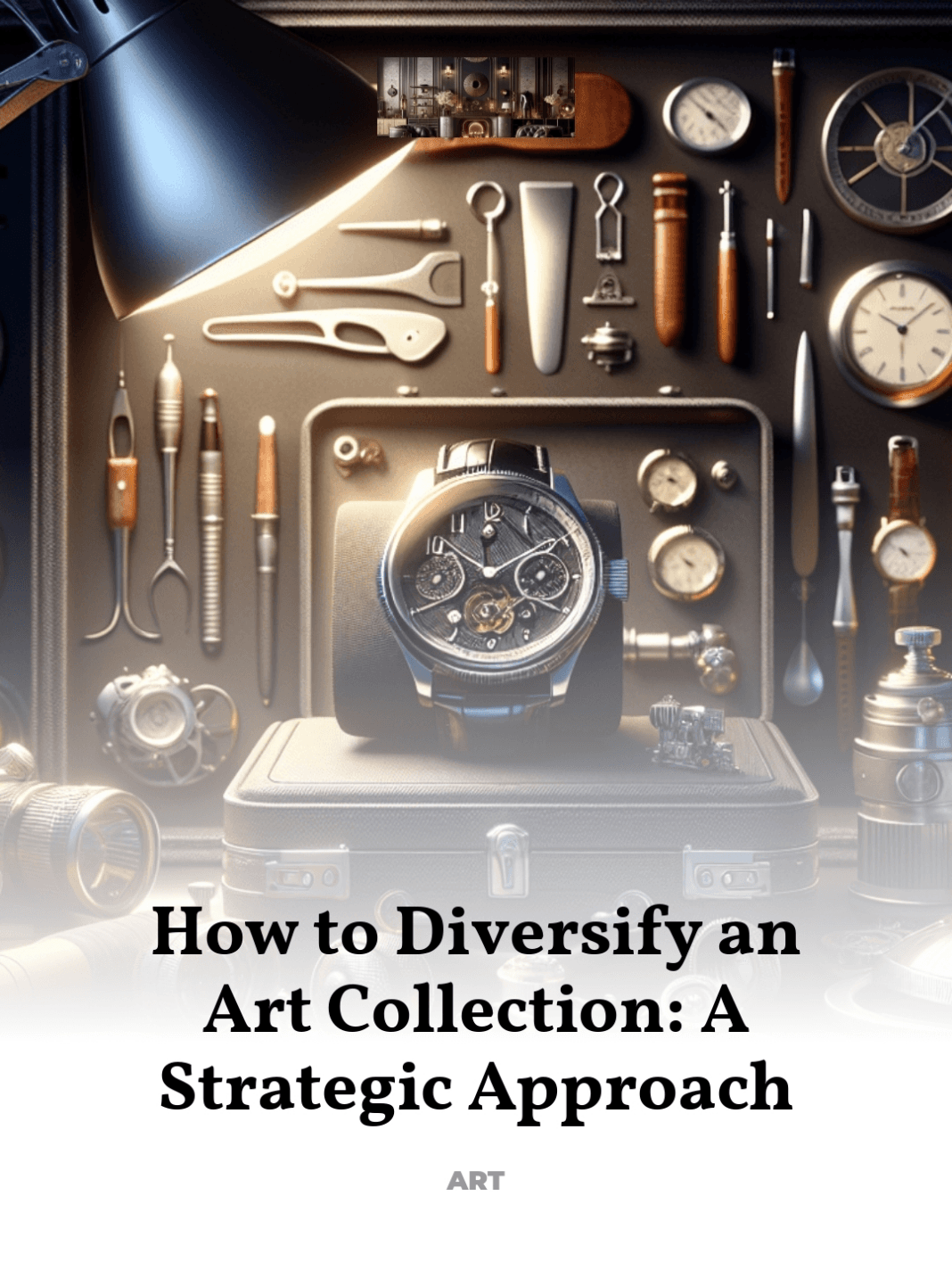Why mixing styles, periods, and media can enhance both aesthetic and financial value
Diversifying an art collection is an enriching strategy that enhances both its aesthetic and cultural value. This approach involves integrating a variety of styles, periods, and media, creating a dynamic and visually engaging collection. Beyond the visual appeal, this method also deepens the collector’s understanding and appreciation of different artistic contexts and histories.
- The Importance of Diversity in Art Collections
- Historical and Cultural Dimensions
- Practical Steps to Diversify Your Collection
- Case Studies of Diversified Collections
- The Future of Art Collecting
The Importance of Diversity in Art Collections
Embracing a variety of artistic expressions enriches a collection by providing a broader spectrum of visual and intellectual experiences. This diversity not only reflects the collector’s personal taste but also their openness to different cultures and epochs. By incorporating works from various periods, styles, and media, collectors create a dialogue between the works, enhancing their intertextual and contextual richness.
- Enhanced Aesthetic Appeal: A diverse collection offers varied textures, forms, and colors that enrich the viewer’s experience.
- Cultural Representation: Including works from different cultures and times reflects a global perspective and a respect for various artistic heritages.
- Educational Value: Each piece in a diversified collection can serve as a point of entry into the history and culture of its time, providing educational depth.
Historical and Cultural Dimensions
Art is not only a form of aesthetic expression but also a cultural artifact that provides insight into the historical periods from which it originates. Diversifying an art collection across different epochs and cultures allows collectors to preserve a piece of history. This section explores how different art movements and cultures have influenced the styles and themes prevalent in various artworks.
- Renaissance Art: Characterized by its focus on symmetry and humanism, reflecting the intellectual revival of classical antiquity.
- Modern Art: Includes movements like Impressionism and Cubism, which broke away from traditional forms to explore new perspectives and techniques.
- Contemporary Art: Often engages with current issues and uses a mix of traditional and innovative media to express complex ideas.
Practical Steps to Diversify Your Collection
Diversifying an art collection is a thoughtful process that involves more than just acquiring pieces from different styles or periods. It requires an understanding of how various artworks complement and dialogue with each other. Here are some practical steps to guide collectors in diversifying their art collections effectively.
- Research: Understand the historical, cultural, and artistic significance of different periods and styles.
- Consultation: Work with art historians, curators, and other experts who can provide insights and recommendations.
- Exploration: Attend art fairs, gallery exhibitions, and auctions to discover new artists and works.
- Curation: Consider how new pieces will interact with existing ones to form a cohesive yet diverse collection.
Case Studies of Diversified Collections
Examining successful art collections can provide valuable lessons and inspiration for aspiring collectors. This section discusses several renowned collections that exemplify the benefits of diversification.
- The Metropolitan Museum of Art, New York: Features works ranging from ancient Egyptian artifacts to contemporary art, offering visitors a comprehensive view of global artistic heritage.
- The Tate Modern, London: Known for its eclectic collection that spans international modern and contemporary art, reflecting the global scope of the art world.
- Private Collectors: Many private collectors choose to remain anonymous but their collections often reflect a personalized, eclectic mix of artistic expressions.
The Future of Art Collecting
The future of art collecting looks vibrant and inclusive, with an increasing appreciation for diverse perspectives and mediums. Technological advancements, such as virtual reality and online galleries, are making art more accessible, allowing collectors to explore and acquire diverse artworks from around the world. As the art market continues to evolve, the emphasis on diversity will likely grow, enriching collections and cultural dialogues alike.
For further exploration of the impact of diversity in art collections, consider visiting authoritative sources such as The Metropolitan Museum of Art’s official website.



